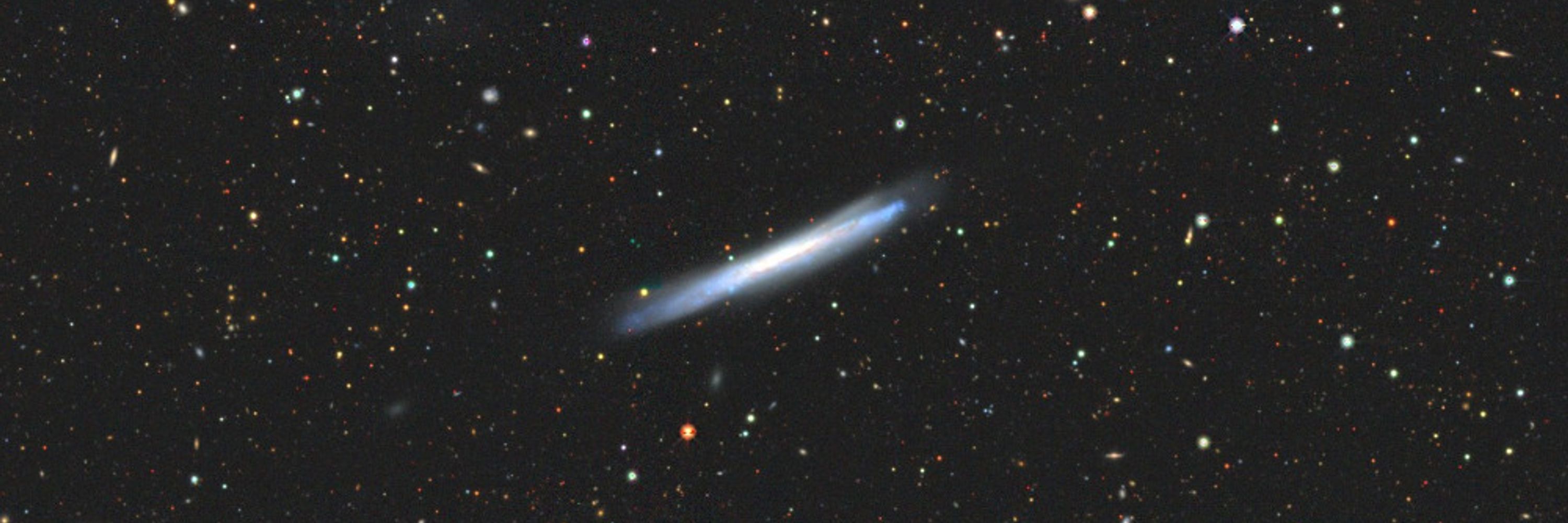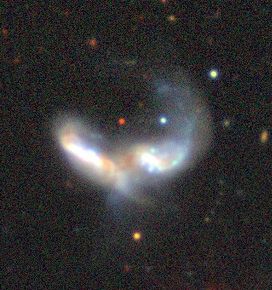John F Wu
@jwuphysics.bsky.social
3.6K followers
620 following
960 posts
Tenure-track astronomer at STScI/JHU working on galaxies, machine learning, and AI for scientific discovery. Opinions my own. He/him.
Website: https://jwuphysics.github.io/
Posts
Media
Videos
Starter Packs
Reposted by John F Wu
Reposted by John F Wu
Reposted by John F Wu
Reposted by John F Wu











